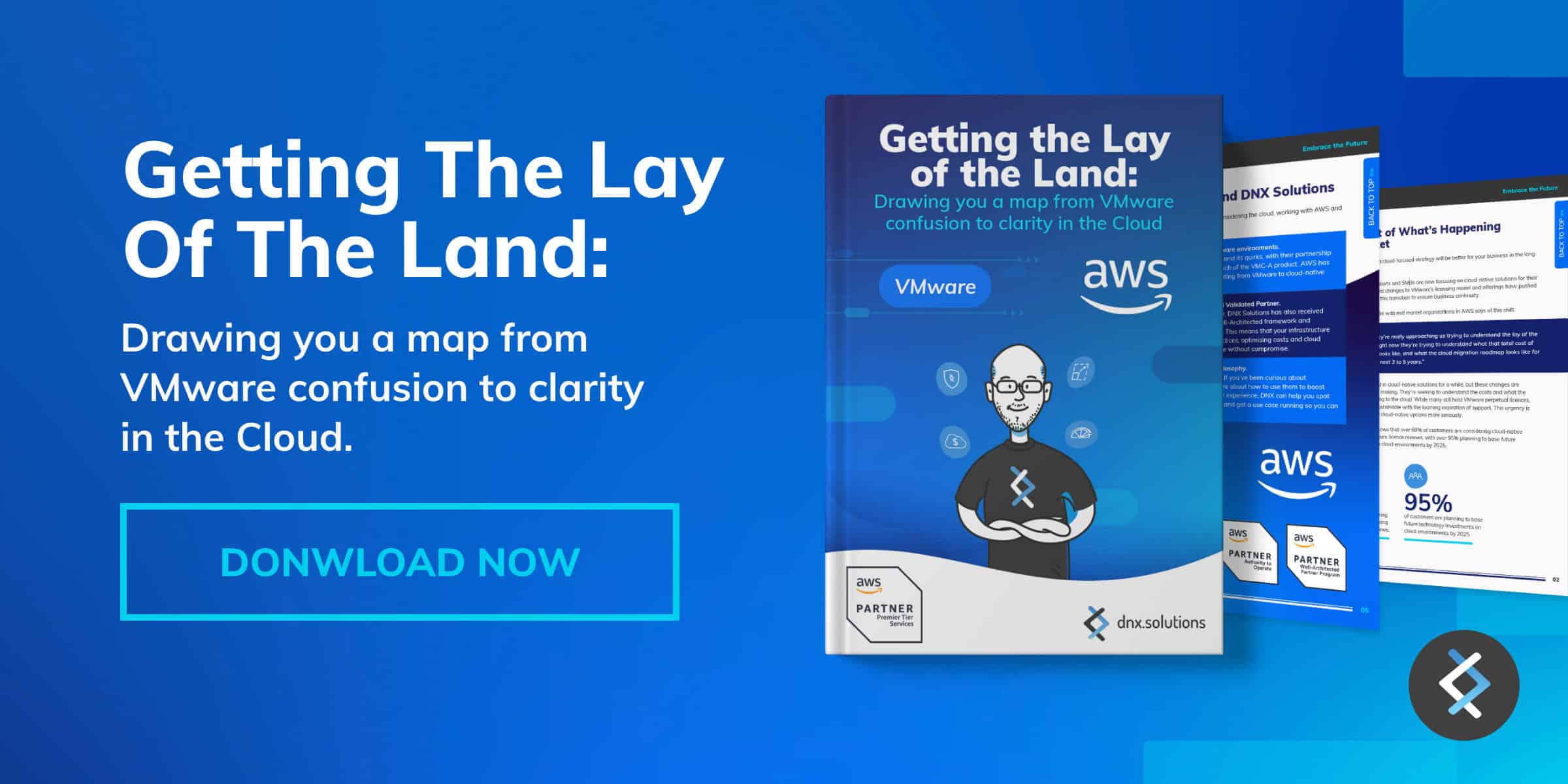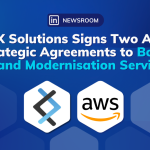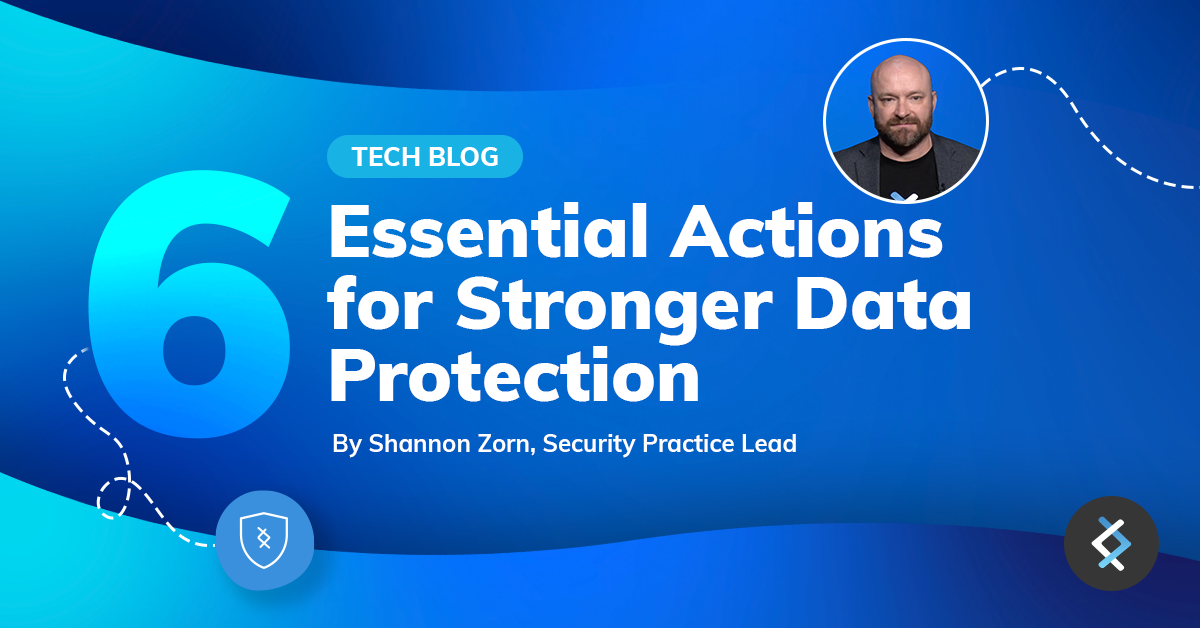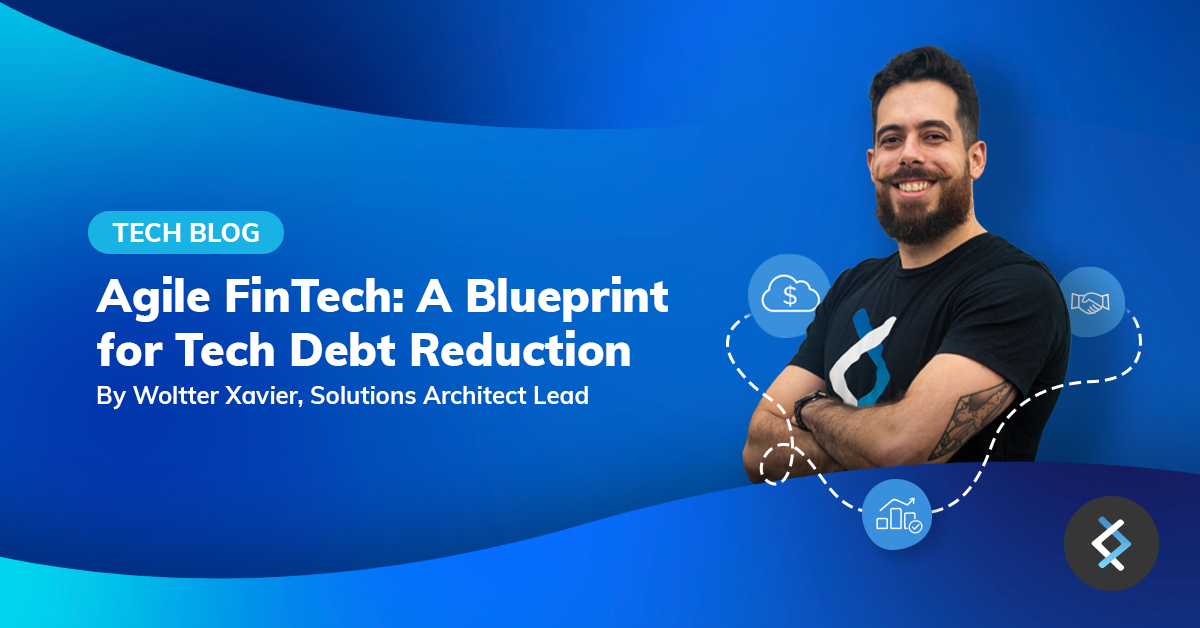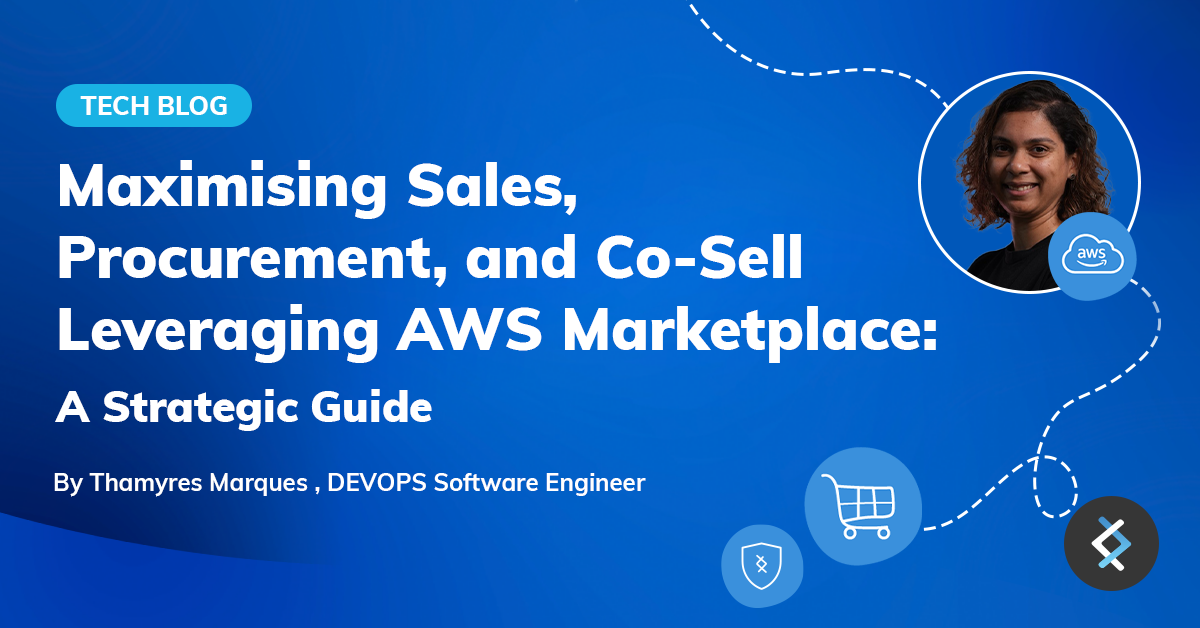
In recent years, the concept of Marketplaces has gained significant traction, particularly within the technology industry. Jay McBain, the Chief Analyst – Channels, Partnerships, and Ecosystems at Canalys, has been a vocal advocate for marketplaces, emphasising their role in enhancing the customer buying journey and touchpoints. One such marketplace that has been making waves is the AWS Marketplace, a platform that offers a plethora of benefits for sales teams, procurement professionals, and co-sell partners alike.
AWS Marketplace: What is it and why use it?
So, what exactly is AWS Marketplace, and why should sales teams leverage it? In simple terms, AWS Marketplace allows sellers to list their software for Customers to purchase. AWS Marketplace provides:
- A convenient and streamlined route to procurement, eliminating the need to onboard another vendor through lengthy processes.
- Flexible payment options, allowing buyers to choose payment schedules that suit their needs.
- Opportunities for private offers, enabling sellers to negotiate discounts and payment terms directly with their customers.
How to list your software on AWS Marketplace?
Merely listing your product or service on AWS Marketplace is not enough to ensure success. It requires proactive efforts to get noticed and drive sales. At DNX, we have extensive experience helping businesses of all sizes get listed on AWS Marketplace and co-selling with AWS. The process typically involves creating a compelling listing, integrating it with your SaaS product, and establishing a cohesive partnering strategy with AWS:
- Ensure that your SaaS product is all polished up and ready. Take some time to review your product’s features and pricing model.
- Set up a seller account on AWS Marketplace if you haven’t already. Head over to the AWS Marketplace Management Portal and start listing your product.
- Provide a clear and captivating description, along with pricing details that will entice potential customers. Speaking of pricing, take a moment to configure your pricing model. Whether it’s hourly rates, monthly subscriptions, or custom pricing tiers, make sure it’s competitive and attractive to your target audience.
- Start the integration and test it. At DNX, we can help to integrate your application with the AWS Marketplace, we will make sure that the integration is smooth. When the integration is completed, time to test the integration.
- Submit your product listing for review. The AWS Marketplace team will give it a once-over to ensure it meets all the necessary requirements and guidelines.
But, there is still one more area – your sellers need to only sell through AWS Marketplace as well – by default. It has been seen internally (and that’s the big shift for some organisations) as the only way to sell to Customers. Selling directly becomes by-exception only.
Expanding opportunities for professional services in AWS Marketplace
One of the significant advantages of AWS Marketplace is its support for professional services. Since January 2024, sellers can now price and sell professional services, including implementation, assessments, managed services, training, and premium support, directly through the marketplace. This opens up new revenue streams and opportunities for service providers, further enhancing the value proposition of AWS Marketplace.
Moreover, AWS sellers are incentivised to sell through the marketplace to help customers draw down on Enterprise Discount Programs (EDPs). By listing and offering services/products through AWS Marketplace, partners can reduce the onboarding and procurement process, making it more seamless for customers. This co-selling approach demonstrates a cohesive partnership with AWS and opens doors to additional sales opportunities.
Listing and co-selling on AWS Marketplace: Proof of concept
But how do you measure the success of your efforts on AWS Marketplace? At DNX, we have seen a significant uptake in the use of Marketplace for our contracts with customers. It has simplified the procurement process, allowing customers to pay for services through their AWS bill seamlessly. We have observed a 60% uptake so far and anticipate that by mid-year, we will be predominantly leveraging AWS Marketplace for our Customers. Furthermore, we have witnessed other partners in the SaaS space achieve remarkable success by being 100% marketplace-focused, propelling them to global prominence.
In conclusion, leveraging AWS Marketplace offers a multitude of benefits for businesses looking to streamline their sales, procurement, and co-sell processes. If you’re interested in getting started, we invite you to engage with DNX to explore how you can optimise your sales strategy, integrate with AWS Marketplace, and maximise co-selling opportunities with AWS. Together, we can make procurement for your customers easy, seamless, and roadblock-free.









